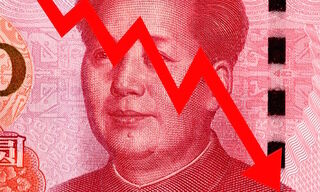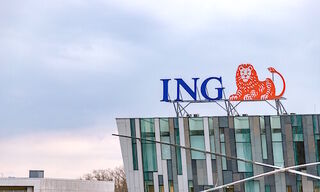As a momentous 2016 begins to wind down, finews.asia features a commentary from Josh Crabb, head of Asian equities, and Christine Johnson, head of fixed income, from Old Mutual Global Investors.
As president-elect Donald Trump heads for the White House, much talk has centred on his views on protectionism, especially in relation to the Asian economies. But as is so often the case with public figures, I don’t think the full scale, aggressive increases in import tariffs that Trump promised during his campaign will come to fruition.
I believe the real focus will be on making trade deals, despite the fact that the Trans-Pacific Partnership agreement will likely be shelved.
the economies of Asia are in much better shape than they were even ten years ago.
Let’s not forget the domestic economies of Asia are in much better shape than they were even ten years ago. Although the exported-orientated economies of Asia, for example Taiwan and South Korea, may see some weakness in GDP, appetite for increased trade barriers amongst members of Congress is severely limited.
I remain broadly sanguine on the outlook for Asian economies in 2017. Earnings revisions are steadily improving, while the stock market, still under-owned by investors, remains cheap relative to historic levels, in my view, trading at 1.5x price to book value.
The fierce rotation that we have seen in recent weeks, away from bond proxy-type stocks to more pro-growth, pro-cyclical situations favours, and will continue to favour, in my view, our strategy’s overall positioning.”
How a fed Rate Hike can Stem the Bond Sell off
Christine Johnson, Head of fixed income, Old Mutual Global Investors
“It is time for monetary policy and central banks to awaken from their apparent paralysis and undertake an extremely important role. Currently the expectations for US Federal Reserve (Fed) interest-rate increases have risen, but only very marginally.
This is why much of the weakness in bond markets has been felt in the inflation-driven, long end of the yield curve – the market is trying to anticipate a big overshoot in inflation on the expectation the Fed lets the economy ‘run hot.’ But this is an immensely short-term effect, because like a dog running to the end of its lead, high yields will simply choke off any acceleration in the recovery.
the Fed must raise rates now, while the market must start pricing in a sharper climb in rates next year.
The Fed must raise rates now, while the market must start pricing in a sharper climb in rates next year. This should actually help start a bond rally that would pay for Trump’s fiscal expansion.
Derailing Global Growth
Simply put, more rate rises now equal less inflation later on, prompting the yield curve to flatten as rate expectations are priced in. This would reward savers for saving, create an incentive to invest and drag down the long end, which is where the Federal government will likely fund itself.
As a side effect, it would also stop the spinning upward ascendancy of the dollar, which is currently in danger of derailing growth in the rest of the world.
The selloff is not quite over, but its shape should start to change. All eyes are on whether Fed chair Janet Yellen and her team grasp this opportunity.”

























